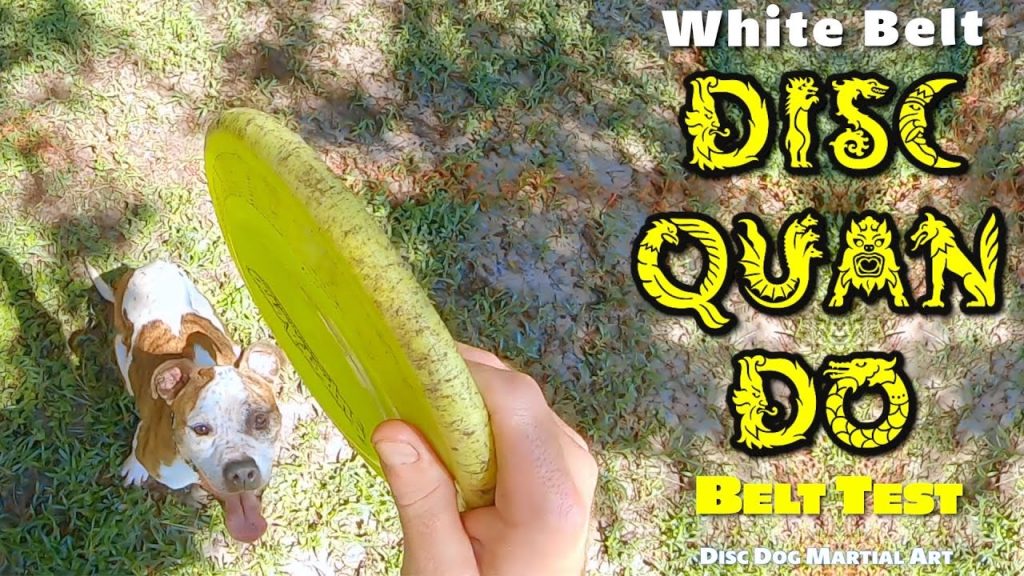
Disc Quan Do White Belt Test with Obi
Disc Quan Do is a disc dog martial art. It means “Way of the Disc Dog”. In a pop culture sort of way, it is a silly thing, I mean, “Disc Quan Do”… While it is a bit silly in a pop culture sort of way, it is quite sincere in reality. Martial arts are more than fighting and more than sport. It is the study of fighting as well as the study of the self and is not of “sport”, it is art.
This holistic approach with exploration and self expression at the heart is, in my opinion, missing in most people’s approach to the complex interspecies game that is disc dog freestyle.
Forms vs Drills
Martial Arts has “forms”. Sport has drills.
Forms are simple formulaic movements that hold great depth of skill within them. They may or may not be directly connected to the skills they teach, but they are key to the exploration of skills required to master the art.
Drills are functional skill based exercises that seek to replicate in game experiences. They are good. They are, in reality, no better than forms, with the exception of the athlete’s approach to drills vs the artist’s approach to forms.
Drills are something we do to get better and to improve skills. “Let me get this done and then I can do the real stuff.” Forms are something we do to explore and learn about the movements and skills. Both result in improved skills but the form based approach adds to the improved skills improved understanding of how they are used and how to use them.
Belt Progression
Like many martial arts, Disc Quan Do has a belt progression:
- White
- Yellow
- Green
- Blue
- Red
- Purple
- Brown
- Black
This progression is ordered. Moving from White to Black. In order to go to achieve the next belt level, a Belt Test must be performed. A video of each form of the belt must be presented, largely unedited, from the same session. If the test is passed, the team earns the next belt level.
Obi’s White Belt Test in the video above consists of all the White Belt forms, and if it is passed he (and his handler) earn their Yellow Belt. Obi passed the test so, Obi and the team are now Yellow Belts in Disc Quan Do.
Exploring the Art
Even though Disc Quan Do is progressive, there is no reason to only work on your belt level. In martial arts, a practitioner can and should explore skills and forms above their belt level, there is no law against a Green Belt performing a Blue or Red Belt skill or practicing a higher belt’s form.
You can and should explore future belts and future forms so you can get your bearings and see the connections between where you are and where you want to be. If you wind up doing that, you’ll realize that the lower belt forms have value and have hidden meaning that you need to explore.
Keeping Things In Perspective
Disc Quan Do is not the only thing you should be doing with your disc dog. One day a week with a form or 2 warmup in your other sessions should be good.
The throwing and solo forms could and should be practiced much more frequently, but the team forms is not all there is out there to be worked on.
Learning to apply the forms and revisiting them after more diverse and creative work is just as important to development and ability as working the forms themselves. Don’t get hung up on the forms and chasing belts, the point is not to get your Black Belt, but to gain the knowledge and the ability of a Black Belt. You won’t get that from the forms alone.
Personally, I spend my time in the Yellow through Red Belts. I don’t even bother with the Purple, Brown, and Black. I mean they’re cool and all, but they’re not where the value and understanding is at. The higher belts are more of an achievement and accomplishment for the team than they are about growing competence and creativity.
Where is Obi the Yellow Belt Going?
Up next for Obi will be the Yellow Belt forms. He’s already been working them and could probably pass his belt test and become a Green Belt tomorrow. He could, in short order attain his Blue Belt.
But collecting belts is not the point. He needs the skills and as a team we need the collective understanding of working the forms, so we’ll take a week or 3 exploring them and do another belt test for the show.
I would consider this an accelerated progression, and as a Sifu (teacher/master) I would not allow my students to progress at this rate. This type of rapid advancement is not about internal and personal development, it is about ego and achievement – or in the case of Obi, show business.
The Show must go on…





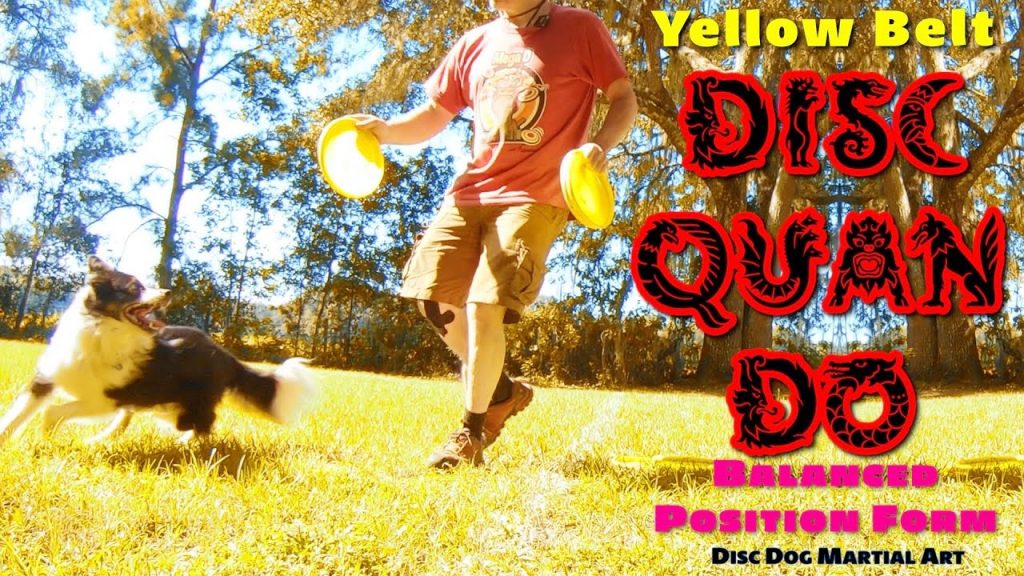
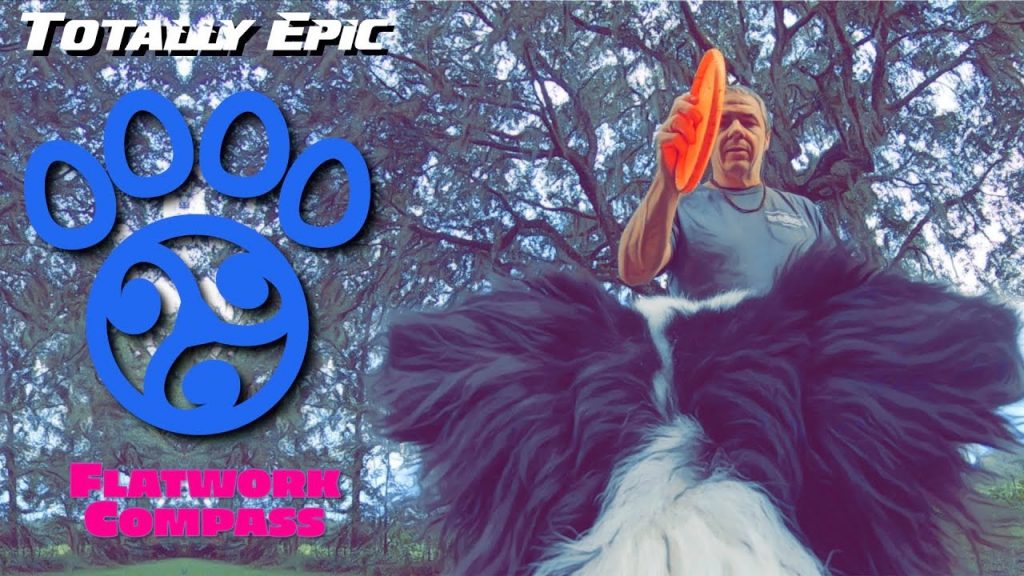
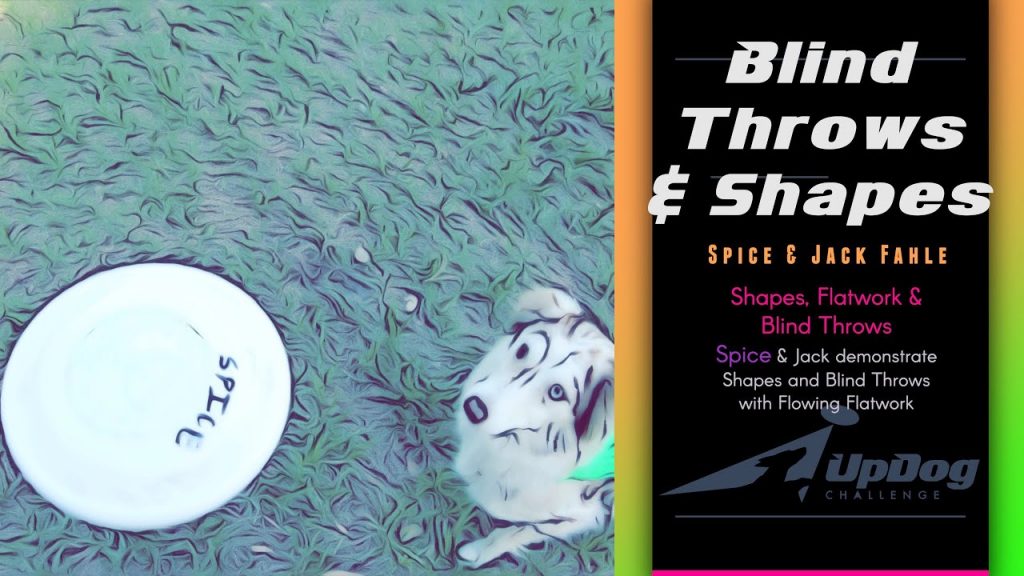
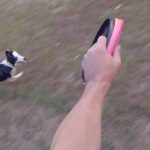
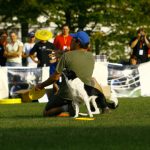
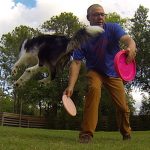
This is Great Ron!!
Your example of the white belt forms submission makes the criteria clear and So much easier to see it in one video
Love the meaning supporting the forms and their uses
Wish I had this from the beginning, but also glad I didn’t ( if that makes sense)
Thank you again for Everything you do for us Ron ?